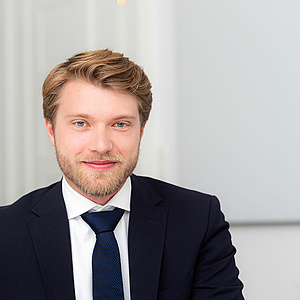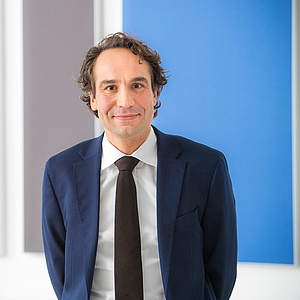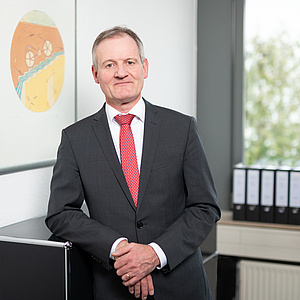
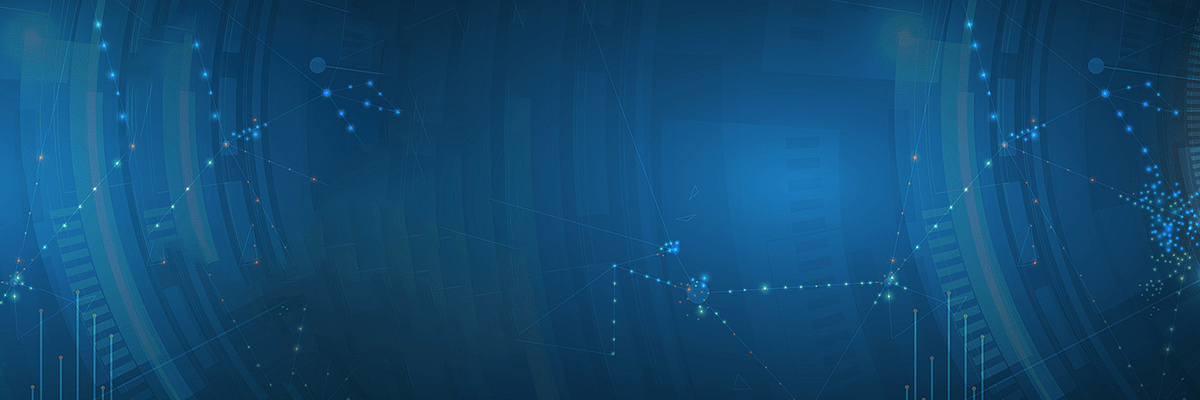
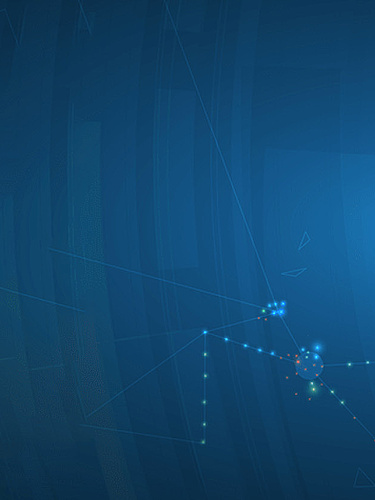
Web technologies, blockchain and artificial intelligence (AI) are the drivers of innovation in the economy today. Information technology (IT) regularly produces disruptive innovations that significantly change all of our lives. At the same time, the IT sector is characterised by strong competition. Successful developments quickly end up in the software of the competition - unless they enjoy effective protection.
Suitable instruments for protecting your computer-implemented developments are software patents and designs. Nevertheless, software is treated in a particular way in patent law; in Europe its patenting has always been controversial. Whether and how software can be effectively protected requires careful evaluation by specialised lawyers who know all the legal possibilities and use them to the inventor's advantage.
In principle, software is eligible for patent protection. In order to obtain a patent for so-called computer-implemented inventions (CII), in Germany and Europe, it is necessary to show the technical contribution of the software. Among other things, this is to prevent general algorithms, business methods and other administrative or purely intellectual activities from being monopolised by patents.
Which aspects of an invention are "technical" in the sense of patent law is a case-by-case decision and should be evaluated by a patent attorney experienced in this field.
Examples of software that is technical and thus in principle protectable by a patent are:
Experience shows that companies with numerous patents are perceived as particularly innovative on the market. Patent protection, however, is primarily about patent holders being able to prohibit their competitors from using the patented invention.
A patent is like a shield that secures your unique selling points from imitation. Regularly, patent pay off within very short time periods: Studies show that small and medium-sized enterprises (SMEs) with corresponding patents record 68 percent higher revenues per employee than comparable SMEs that do not protect their innovations (springerprofessional.de).
The originator of a work receives protection for his work against imitation. In the field of software, it is mostly the source code that is considered to be protected by copyright. Consequently, the programmer generates corresponding protection by creating the program code.
However, this protection is limited to the concrete implementation, i.e. the solution implemented in a specific programming language. Thus, copyright for software does not provide effective protection against imitations as they are common on modern markets.
With a patent, it is possible to obtain protection for the concept behind a concrete implementation: the actual invention. The protection provided by a patent thus goes beyond any copyright protection and is way more effective, e.g. against the reprogramming of an algorithm.
Many IT-innovation relate to improved and simpl operation of highly sophisticated technical devices. One example of such an improvement is the graphical user interface (GUI).
In order to protect aesthetic aspects, the legislator has provided for design as an IP right, which can be used to protect GUIs cost-efficiently throughout the EU.
Furthermore, in certain cases it is possible to obtain patent protection on the operation of a machine. Here, too, the chances of success depends on the extent to which the invention takes technical circumstances into account or leads to physical or technical effects. A prominent example is the well-known "rubber-band" behaviour when scrolling lists on a mobile phone.
Our experts for patent protection in the IT and software sector will be happy to explain to you which requirements have to be met.
Inventions in the field of artificial intelligence (AI) can also be protected, if they show a technical contribution. The challenge with AI inventions is that they often allow application in technical and non-technical fields and have many mathematical aspects.
To put it more simply, AI can be protected by a patent if the application is envisaged in a technical field. The invention then leaves the abstract intellectual field and serves to solve a tangible technical problem in a technical field. For example, an AI invention is patentable if it improves the execution of programs on a computer by requiring less memory or fewer computing resources. It is also possible to obtain a patent on the innovative generation of training data for AI systems.
Whether a patent application is possible and useful for an AI development must be decided individually for every case. Our patent attorneys, who are experienced in AI-related legal protection, will be happy to help you check whether this is the case.
The first step in obtaining patent protection is to file a patent application. This can be done by anyone. However, caution is required, especially when patenting software. Once the documents forming a patent application have been filed, they can no longer be expanded with further facts or findings - in other words, anyone who forgets to include a detail in the patent application that is important for the patent to be granted risks that the application will be rejected in the long run.
The patent filing should therefore be carefully prepared and expertly accompanied. It is particularly important to work out the technical contributions of the software and to emphasise the differences to known solutions. Since each country has a slightly different approach to patenting software, the international aspects should always be taken into account when preparing the application.
Once the patent application has been filed, an examination by the patent office follows. Most patent applications prepared in the field of software without professional assistance do not survive this examination procedure and are rejected. The applicant of the respective software patent then faces the problem that he has disclosed some central aspects of his invention - but does not enjoy protection for them.
At Meissner Bolte, a team of attorneys-at-law and patent attorneys has specialized in obtaining and enforcing software patents at an early stage of development. We are one of the few law firms in Germany with a software team of computer scientists who, due to their many years of experience and wide-ranging expertise, effectively handle all proceedings in this field. Our expertise includes:
In addition, Meissner Bolte has established a network of excellent partner law firms abroad, which also provide high quality advice in this legally demanding area of patenting information technologies. This combination makes it possible to provide clients with optimal advice on the drafting, granting and enforcement of software patents.
If you are interested in filing an invention in the field of software, our software patent specialists will be pleased to assist you.
